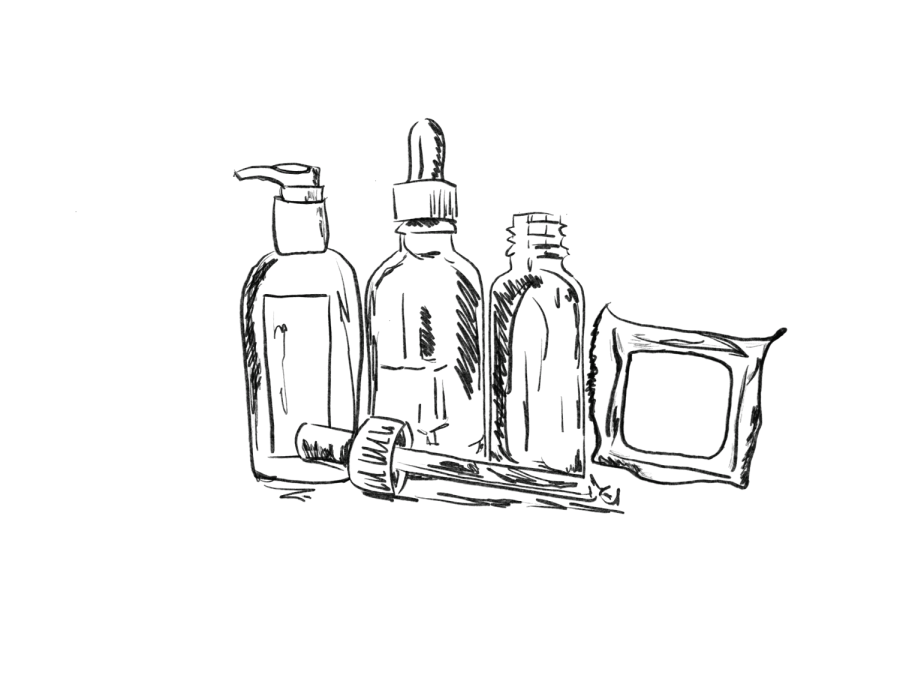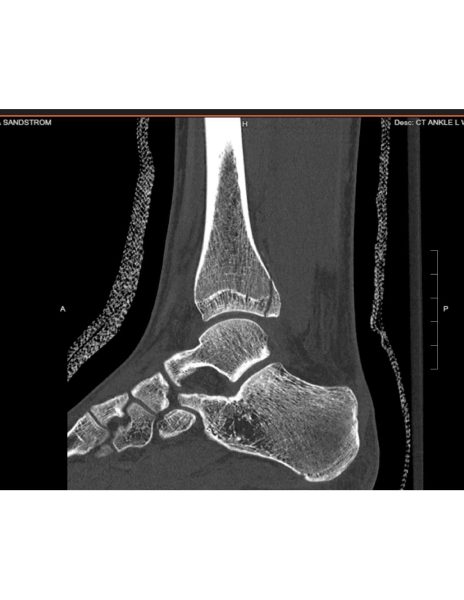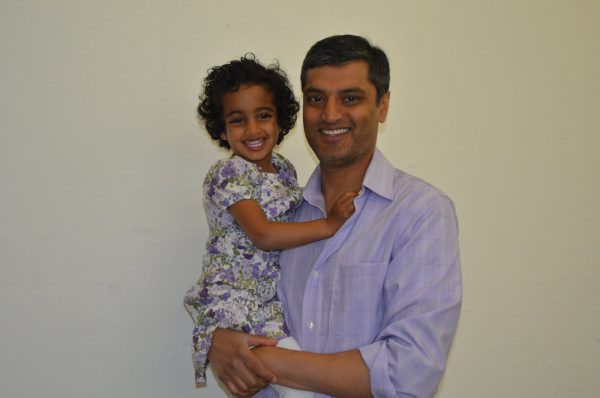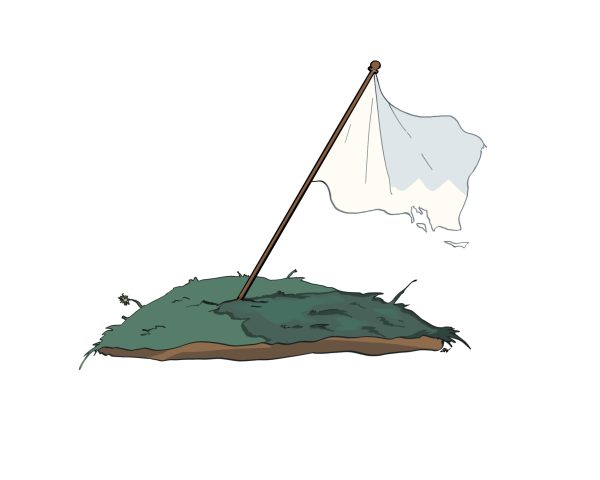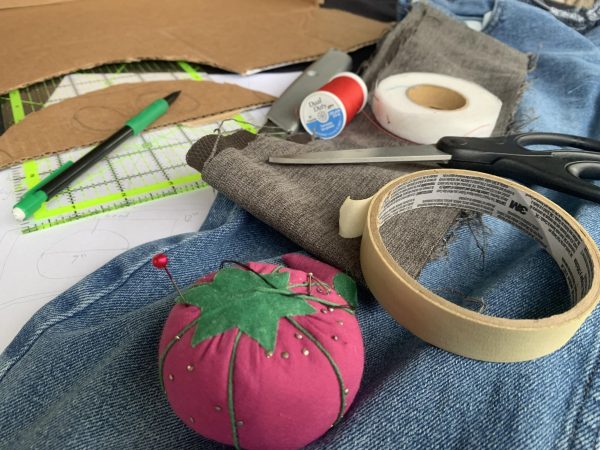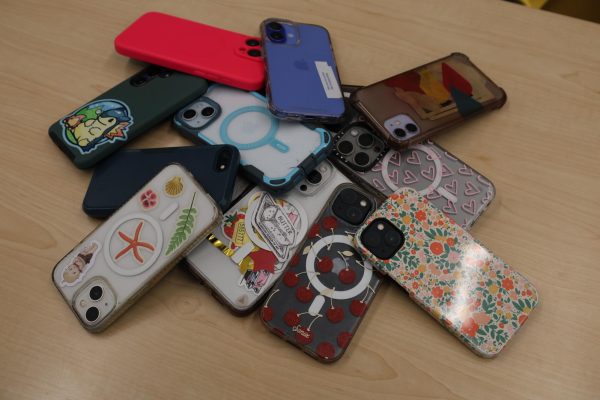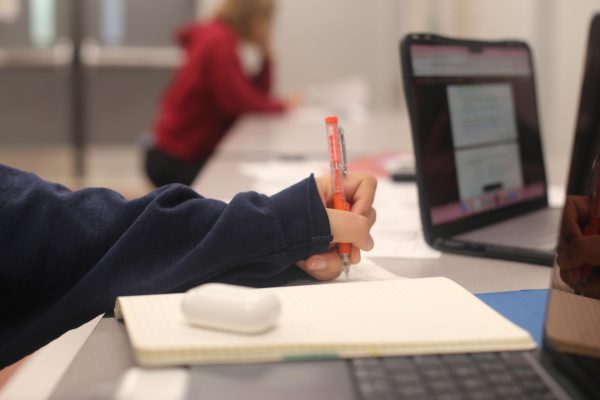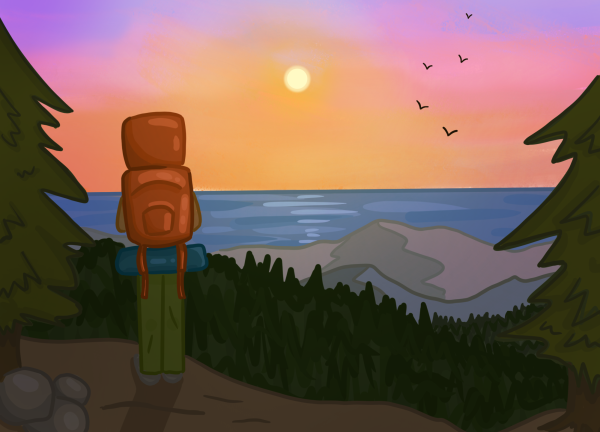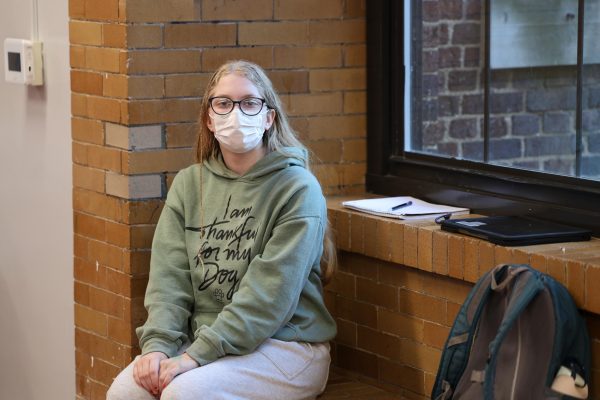It’s Time to End Beauty as Usual
How the skincare industry has plagued the self confidence and self assurance of adolescents everywhere.
I remember the exact moment when I first became paranoid about my skin: I was ten years old, and I felt a little bump on my face that — thinking back on — was not even a pimple. Just a tiny, skin-colored bump that happened to appear on my forehead. I panicked and dug through my mom’s drawers to find her facial cleaners, moisturizers and acne medication. I used a cotton swab and an astringent to vigorously scrub my face until it was red and dry. My face was left stinging and worse off than before.
During my freshman year, I was totally set on covering my acne with concealer and powder every day before school. Pimples that were once contained to my forehead in middle school began spreading to my chin and cheeks and around my nose, evolving into cystic acne that I couldn’t keep up with.
Maybe it was just the freshman jitters and the start of high school that made me reluctant to wake up carefree about my appearance. Or maybe it was the presence of toxic social media expectations, flooding my Instagram feed with manufactured girls with flawless skin that prevented me from accepting my natural, textured skin.
I would wake up at 6:30 a.m., wash my face, dabble on moisturizer and pimple cream and get to work meticulously placing a dot of concealer over each pimple. I was never totally confident that my work had been sufficient in hiding my pimples: I would tend to lower my gaze while walking through the hallways and limit the pictures I took of my entire face.
Over the years, I have seen my pediatrician countless times, had referrals to dermatologists and gotten facials from a spa — everything you could imagine and money could buy. Salicylic acid, benzoyl peroxide, niacinamide. Pills, creams, topical ointments, cleaners. It never seemed to be enough. I couldn’t seem to keep up with the swells and dips of hormone levels of a typical adolescent.
All of the impulsive purchases and money I have thrown at products that claim to be the best prefaces the hundreds of billions of dollars skin care and beauty industries. It seems as if I, along with many others, have fallen victim to the trap. In 2020, the demand for lotions, facial wipes and creams is spurring the cosmetic sector and driving extreme market growth. According to a study, the cosmetic industry was worth $523.43 billion in 2017 and is expected to reach a market value of $805.61 billion by 2023. The two industries work in congruence to prey on the fraught and insecure public: expose their problems, set expectations and show them what they need.
The beauty and skincare industry should be shamed for their brazen, inconsiderate dissemination of impossible beauty standards. They impose harmful standards like no cellulite, no stretch marks, small waist, big lips and clear skin, all of which cultivate unrealistic expectations.
Flipping through magazines or the internet, we see so many unnatural and posed images out of context, leading us to assume that it is possible to look that way. This ultimately ensues to a panicky race of finding the next skincare line or beauty fad to lather on your face to minimize harsh lines and red blemishes. But once reality checks in, and you can finally cast the cleaners and creams aside, a new ad pops up. Just like that, we’re back to scrutinizing the natural, yet socially unacceptable, parts of our bodies.
The standards are even more oppressive for marginalized communities. There is already a minuscule representation for people of color and not seeing yourself in magazines or billboards is an alienating factor. It’s simpler to surrender to the status quo when you can’t see anyone who looks like you breaking the mold. Skin lighteners, hair straighteners and too pale of a foundation color is sometimes purchased without a second thought.
My obsession with skincare is a small problem in the wake of a huge, destructive society. While it is small in comparison, it undoubtedly has consumed much of my worries these past few years. Being in a constant chase of visiting specialists and getting prescribed ointments became tiring, as I’m sure it has for millions of others.
I decided to make a change.
Learning to be comfortable in my skin and not expect myself to mimic the standards portrayed in the media was hard but worth it. I now don’t need to rely on makeup to feel self-assured. I can look past the photoshop and face tune and see a real, tangible person who also might struggle with acne.
I am learning to be more cognizant of which brands are especially color inclusive and are good for the environment while also being healthy for my skin. I am encouraging natural beauty — Black, Native American, Asian, — to become more normalized and broadcasted in the media.
I have made a conscious choice to adjust my perception of impossible standards, learn to advocate for new ones and achieve a loving self-image.




